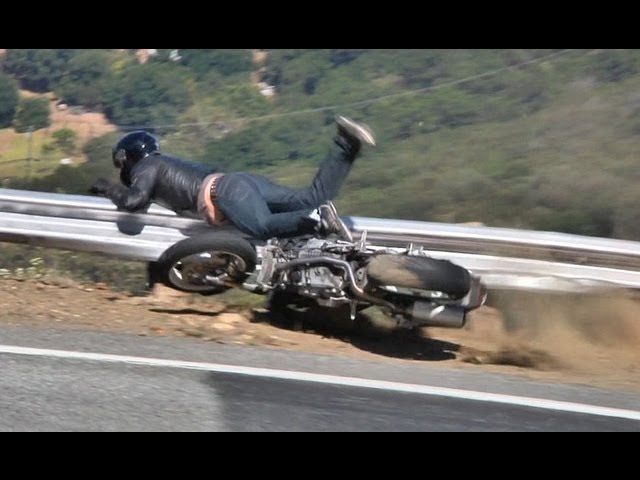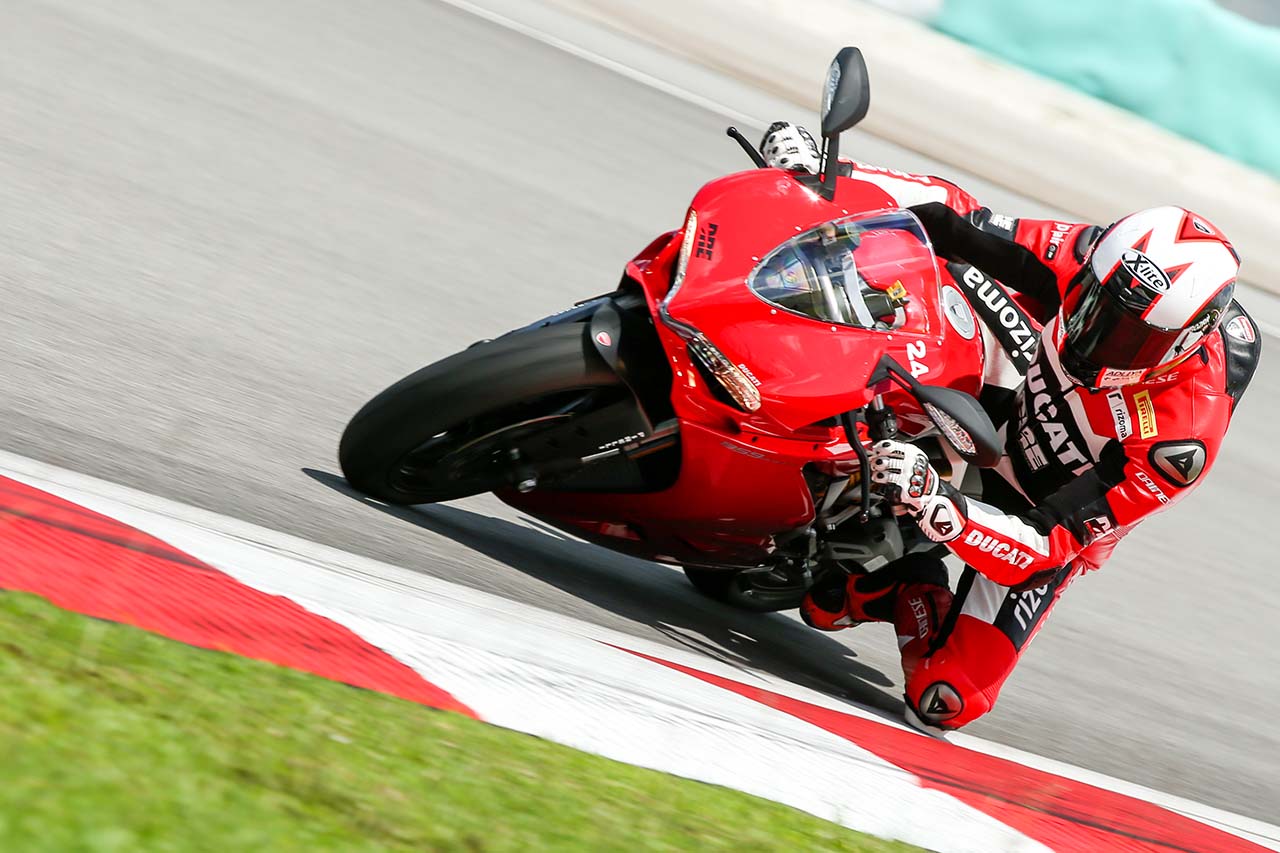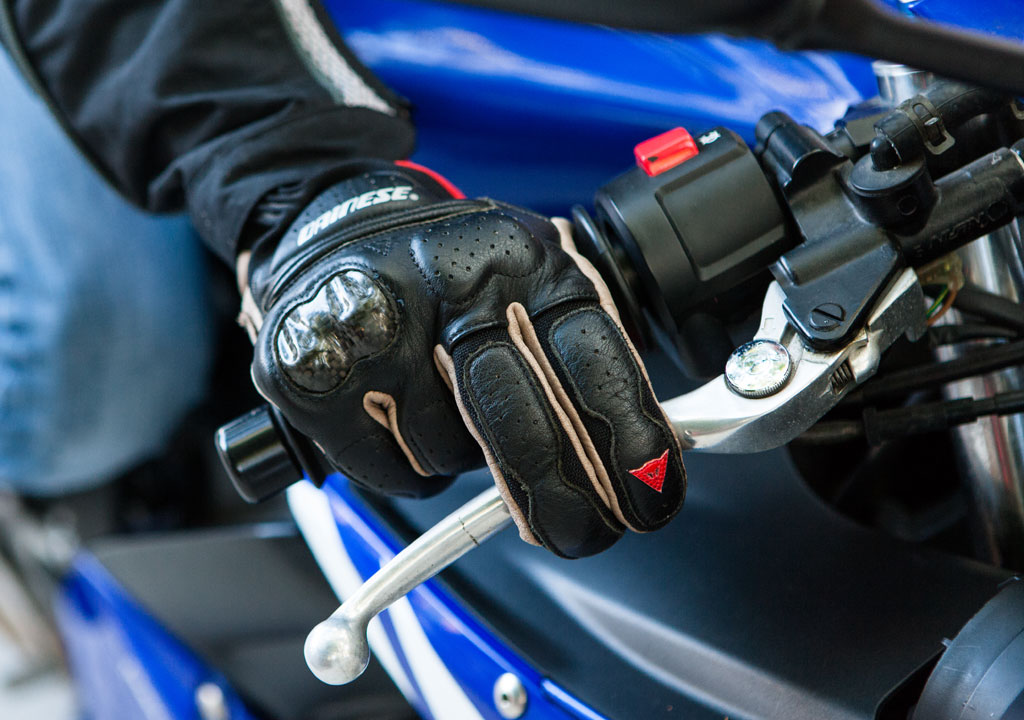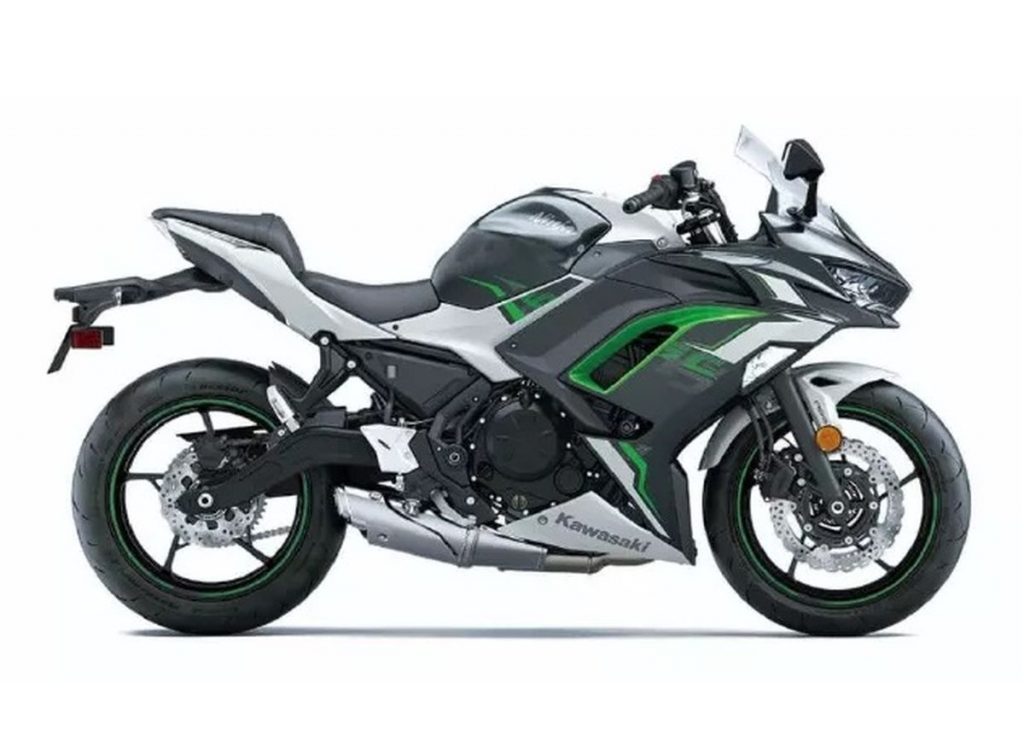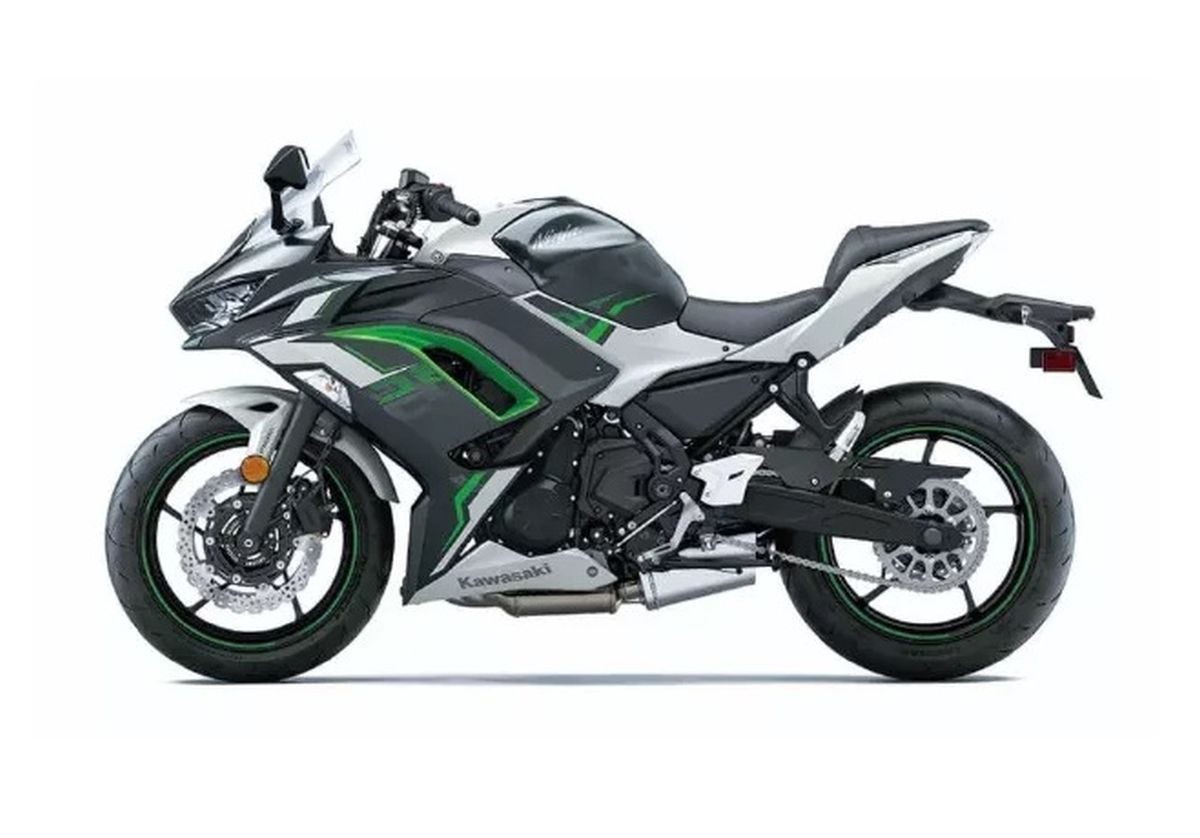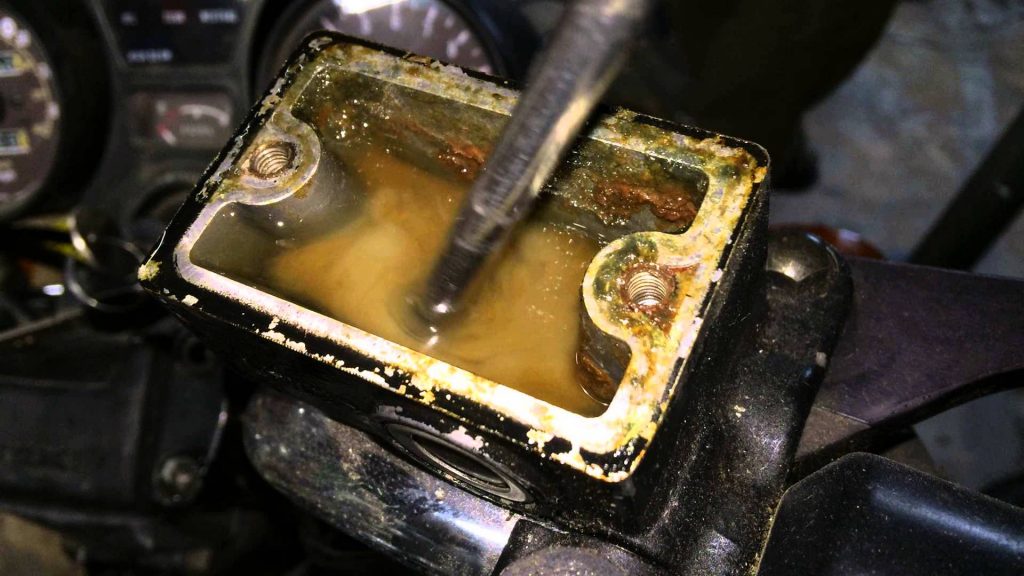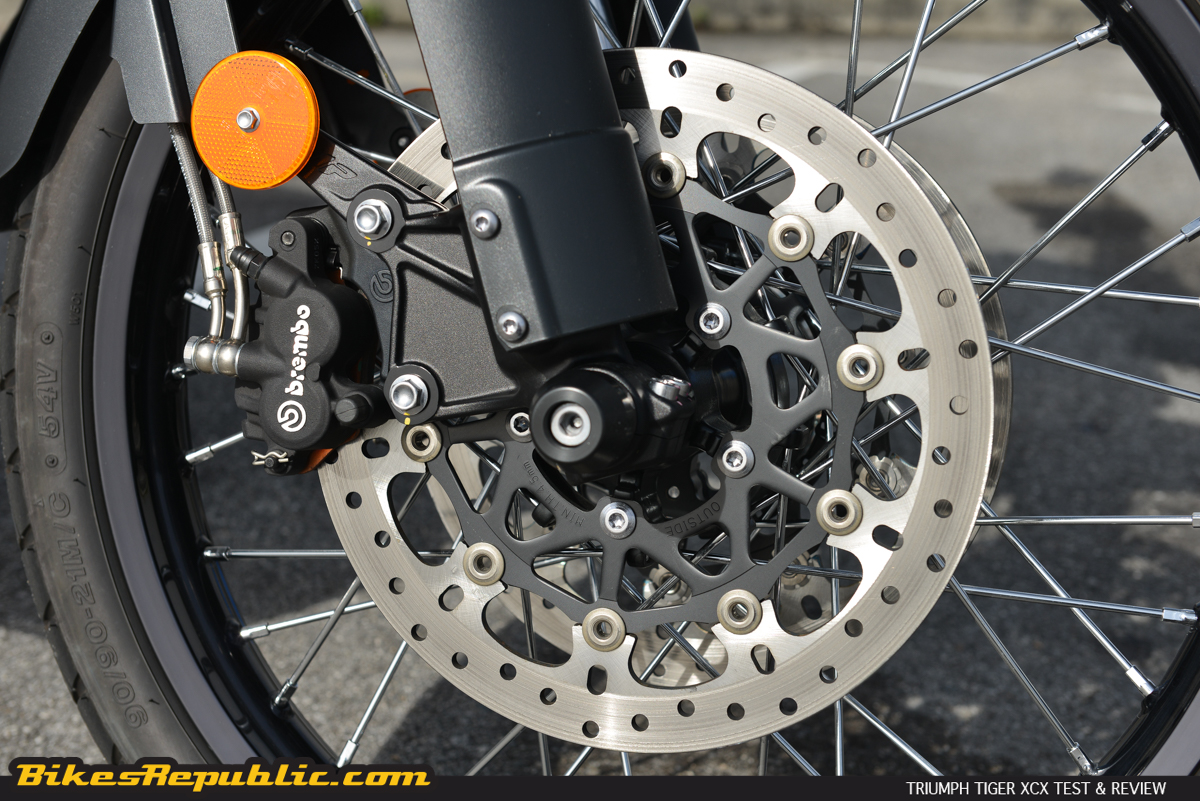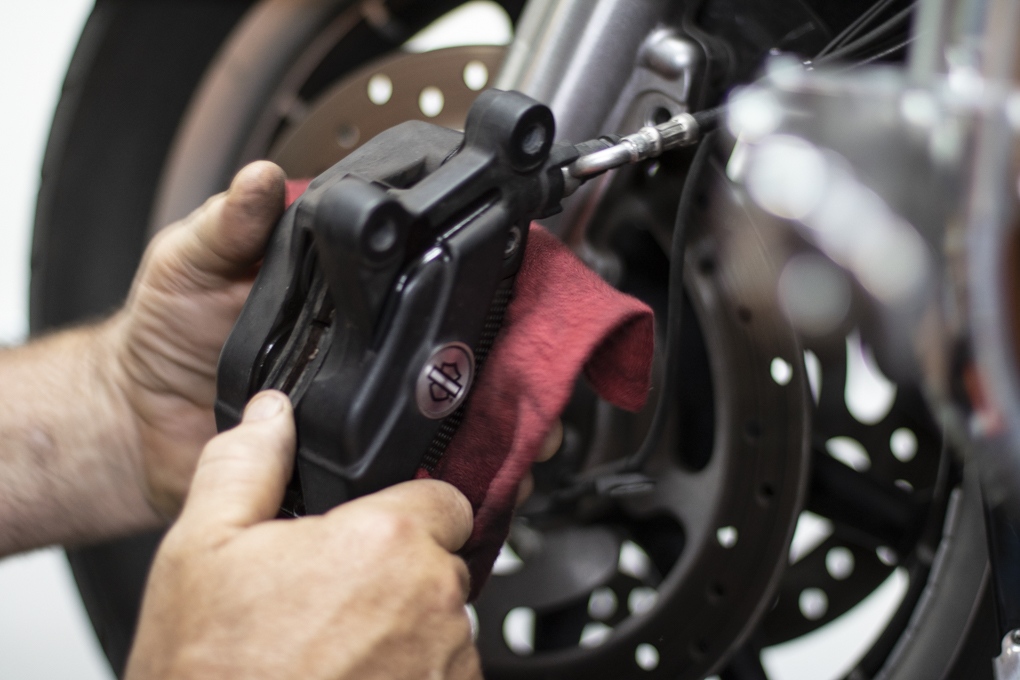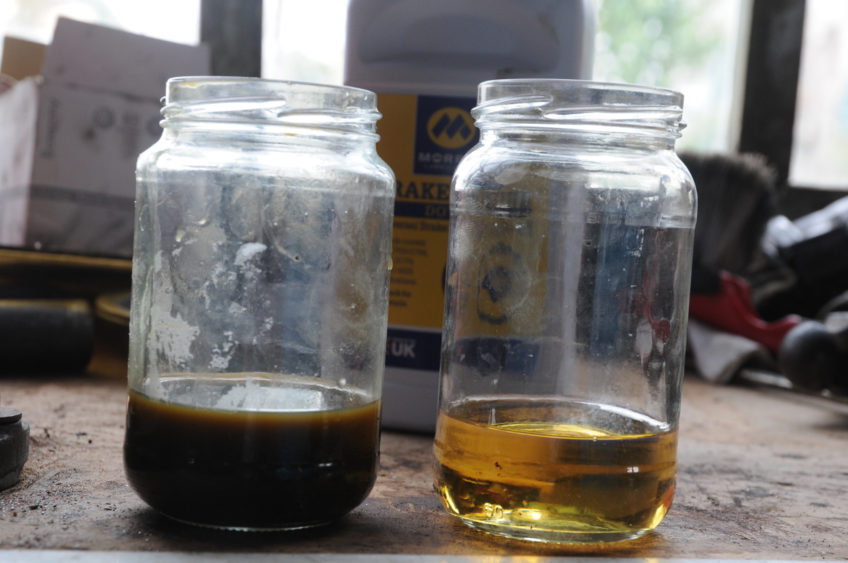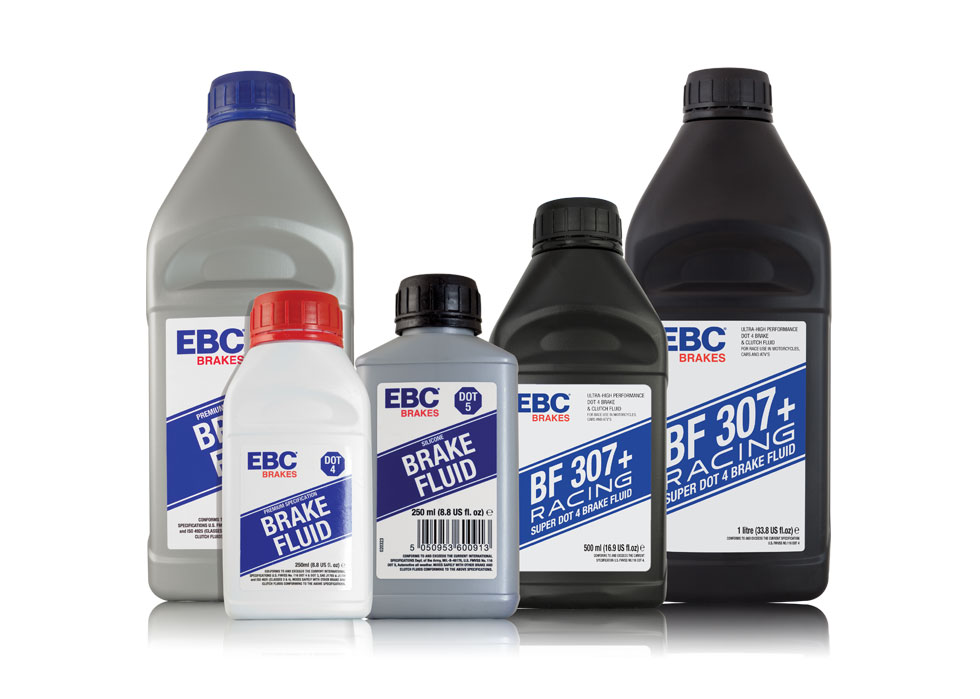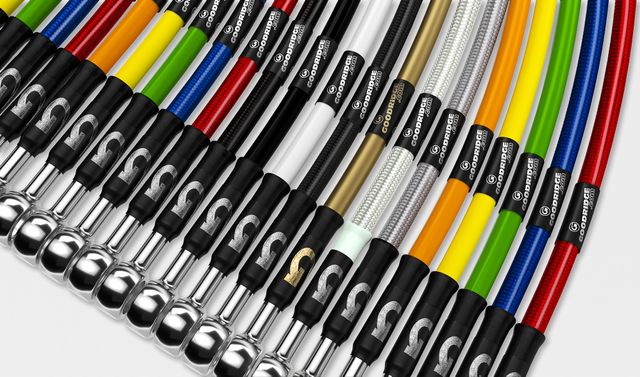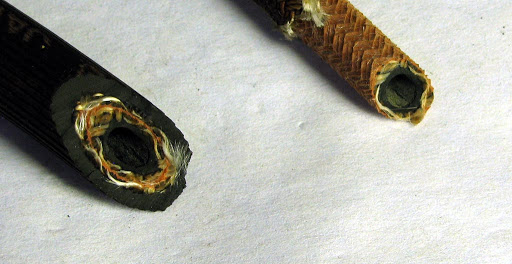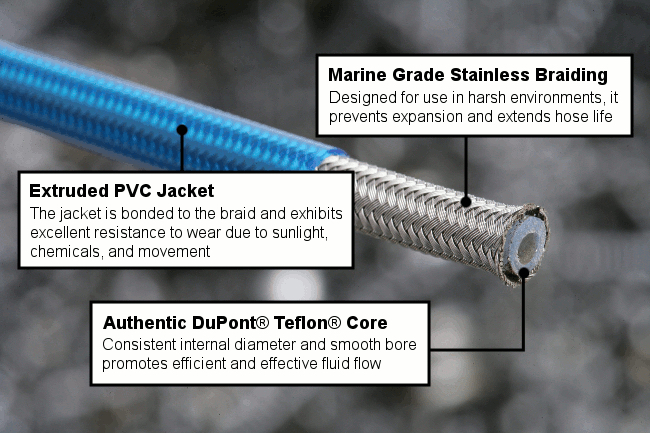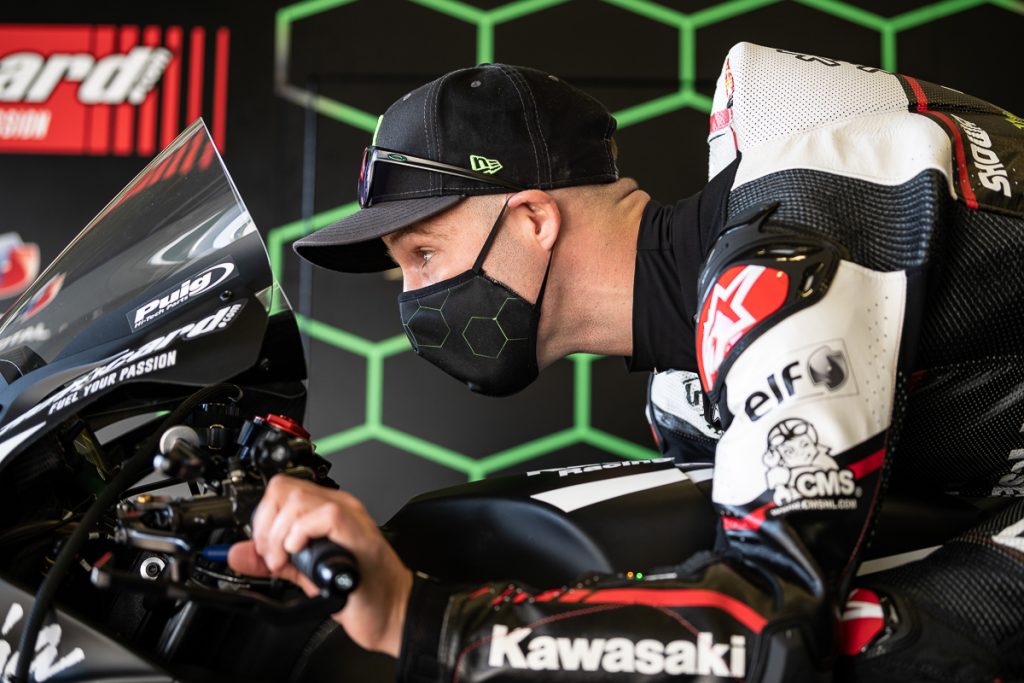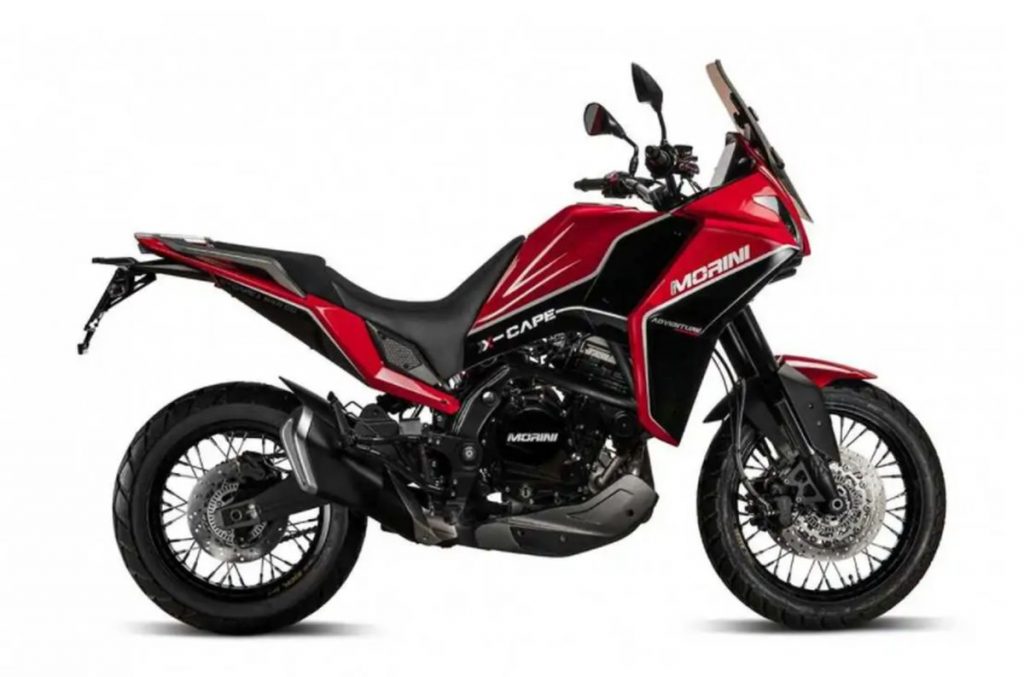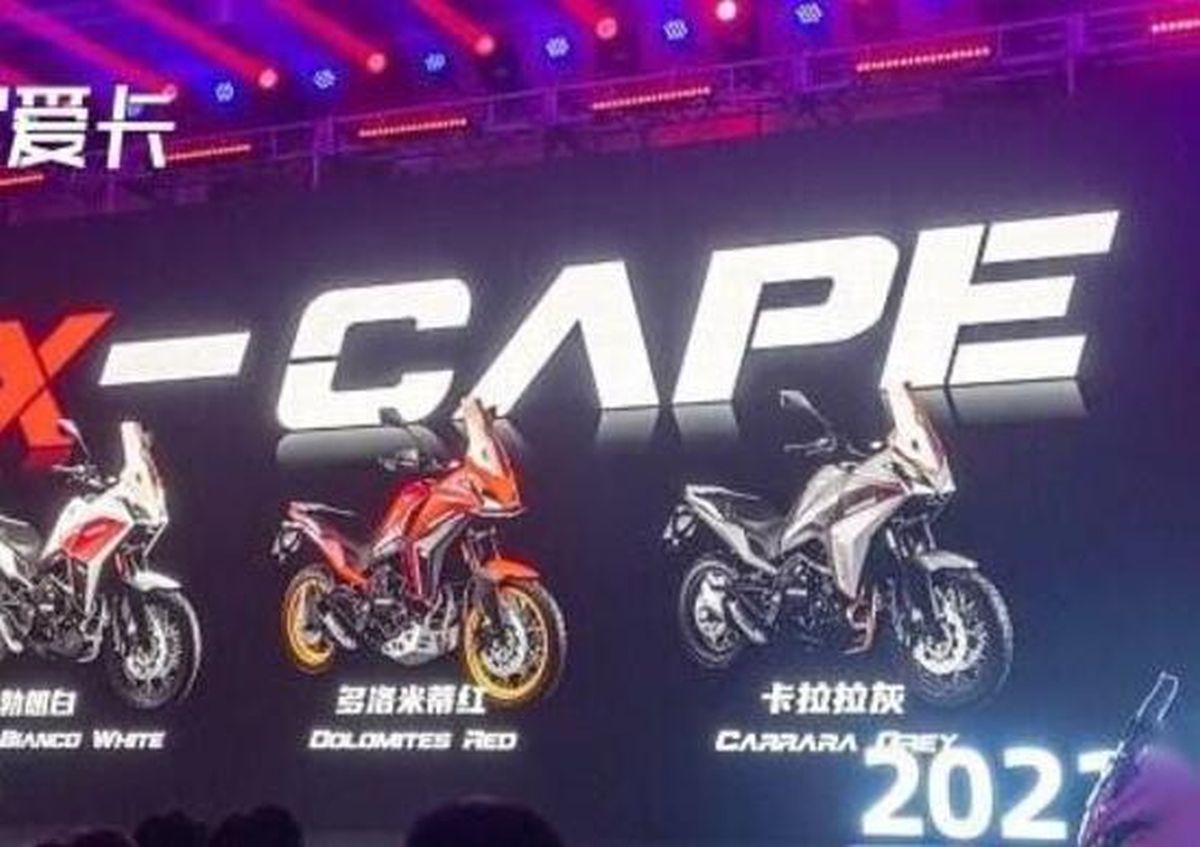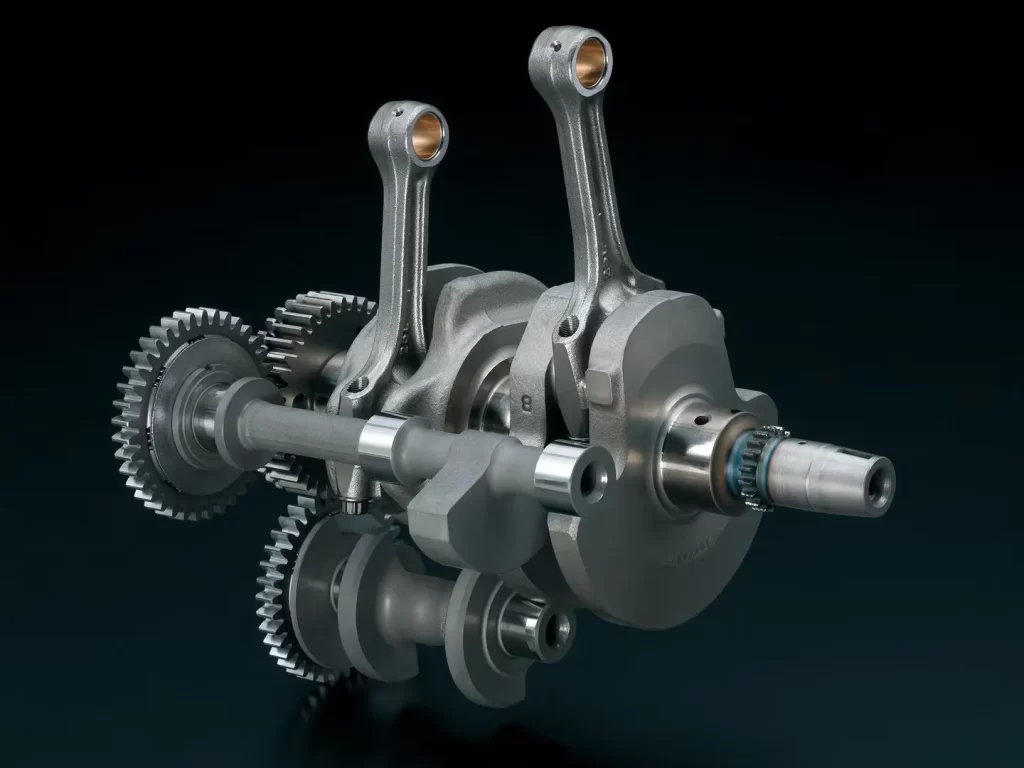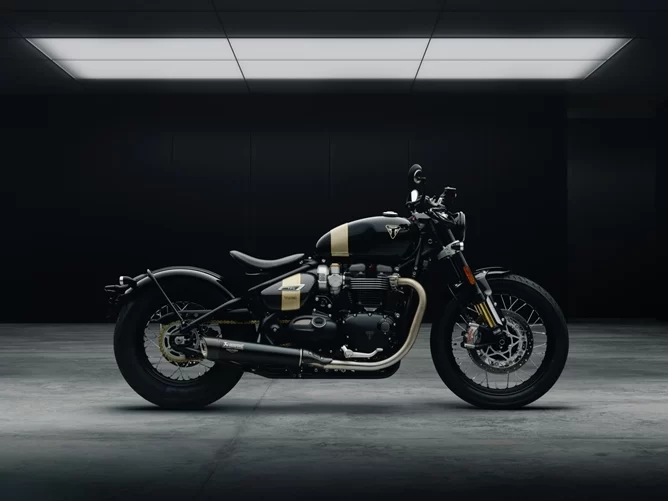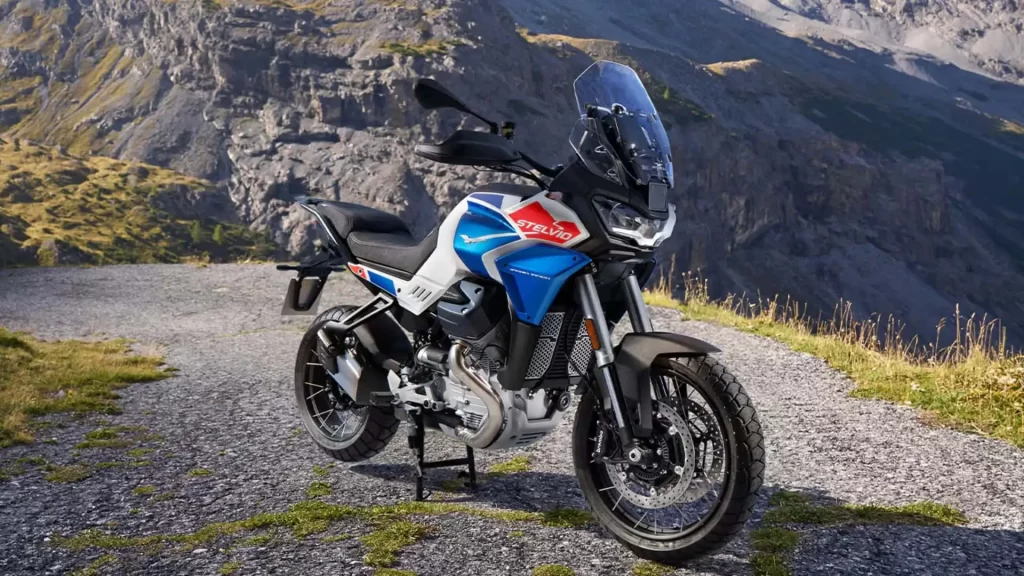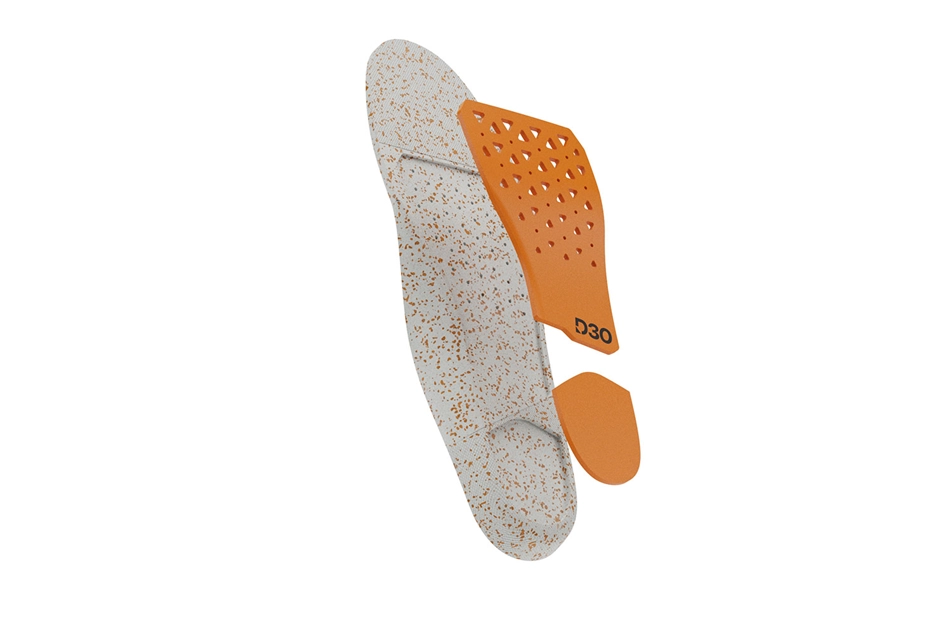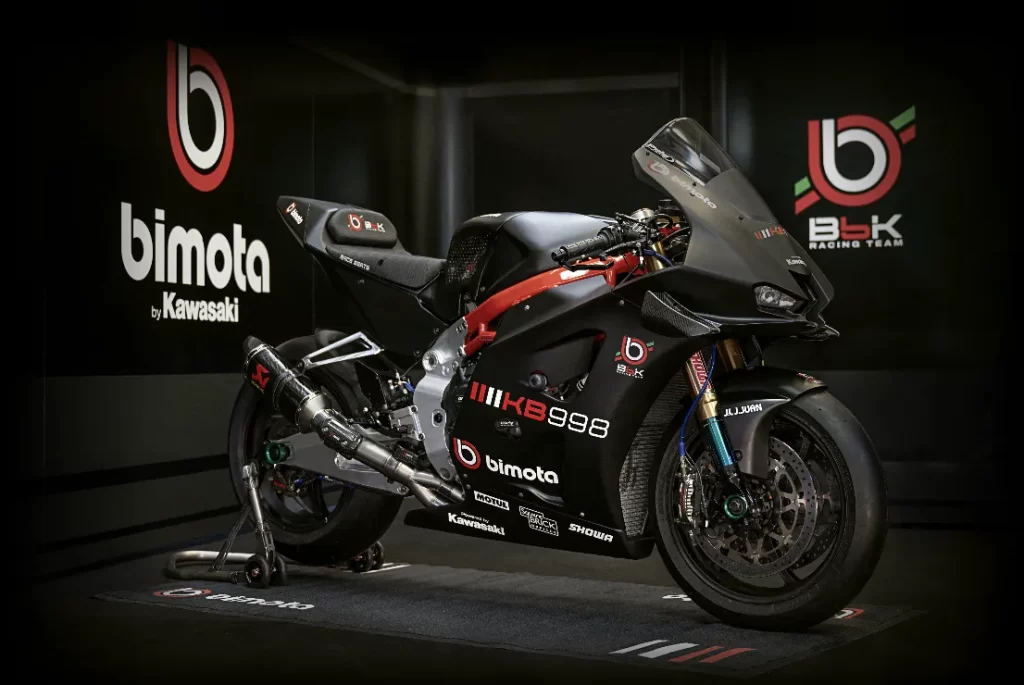-
Going too fast into a corner happens to every biker.
-
But you can get away with it.
-
Practice these steps and you’ll come away with more confidence.
A corner looms ahead. It looks like a fast one, so you line it up and steer in. Only to find that the apex is actually further inside. Much further.
The road seems to double-back on itself and here, you’re in the outside 1/3 of the corner and just tipping the bike in.
What should you do? What can you do?
The fundamentals
There are five basic skills that every biker MUST possess: 1. Steering; 2. Vision; 3. Throttle control; 4. Brake control; 5. Body positioning/control. Not necessarily in that order, but these skills need to be invariably present.
Let’s keep these five points in mind as we take you through a butt-clenching ride.
Don’t panic
This is the most important. Panicking will exacerbate the situation; making it worse when you could actually make it home to your loved ones.
The first thing to happen is your body tenses up when you panic. A tense body will lock your limbs in position and cannot provide effective steering forces anymore.
Look through the corner
The best way to overcome this panic or impending panic is to turn your head into the corner along with your eyes (they must be inclusive). Remember that the bike goes where you look. Force yourself if you have to and flick your head to the side and get those eyes focused on the corner’s exit.
More steering input
Remember how to countersteer. Push on the inside and pull on the outside parts of the handlebar in a quick manner. Doing so will snap the bike over quicker.
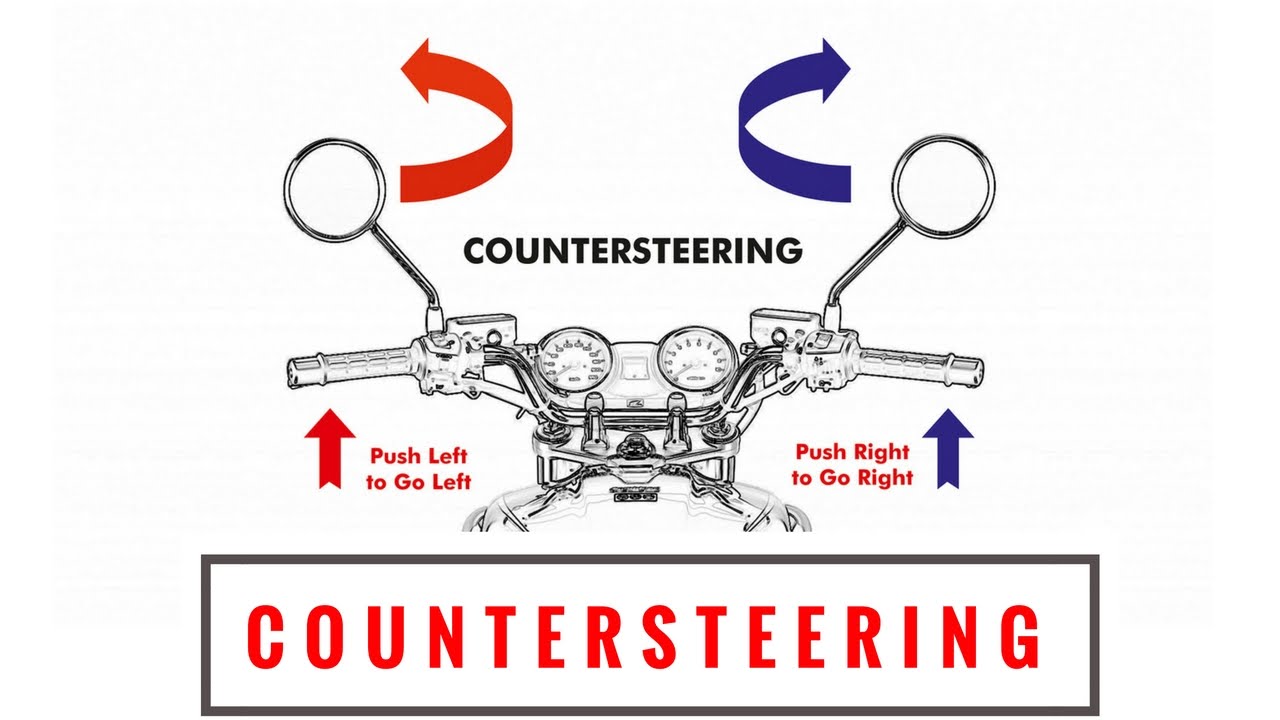
Control that throttle
Should you shut the throttle? Open the throttle? Hold the throttle steady?
The answer is don’t do anything. If you’ve closed the throttle from the corner entry, keep it closed. If you have it slightly open, keep it there and don’t roll off or open it any further.
Any change to the throttle at this point will cause weight to shift, changing your chassis balance.
If you chop the gas, weight will transfer to the front tyre and force the bike wide. Yes, wide. You’d expect the bike to steer better but the opposite happens as the front tyre’s footprint widens, creating a large patch of resistance. Steering becomes heavy.
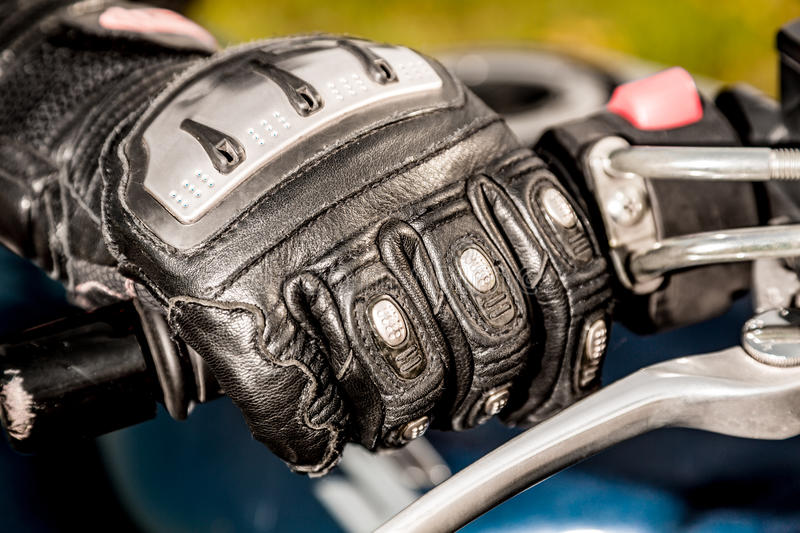
Conversely, weight transfers to the rear when you add more throttle. The front tyre becomes light as the contact patch becomes smaller. That smaller footprint may not react enough to steering forces. Consequently, the bike goes straight. Yup, just like if you chop the gas.
But if you maintain the present state, the motorcycle’s chassis is in its current state of equilibrium. At least, you know that steering effort is still consistent.
If really need be, you can roll off the gas. Roll off as in turning the throttle down smoothly, NOT chopping it.
Once you’re on your line to the exit, apply throttle to balance the bike and blast out.
Stop treating the throttle as an on/off switch. Instead, use it as a tool to control not only the bike’s speed but its chassis balance and grip levels.
Wee bit or no brake
The first track exercise carried out by all California Superbike School students is the “one gear, no brake” drill. We went out there, set third or fourth gear, then control the throttle as we went into and out of corners.
Yes, it’s about throttle control, but it also showed us about how modern bikes and tyres can perform beyond our expectations and fears. Make that 99% of us.
Now, you’re in too fast and room is running out fast.
If you’re already leaned over, touching the front brake now spells disaster. Conversely, dab on the rear brake. Doing so will 1. Create a resistance behind the bike’s centre of gravity; 2. Flatten the chassis. The bike will tighten its line.
The rear brake technique is used by virtually all MotoGP riders.
In the case that you’re just about to turn in, you can apply the front brake but not by grabbing it like you’re trying to crush a rock. Instead, squeeze it to feel its bite, then smoothly let out the pressure as you lean the bike over. Once you’ve seen the exit and off the brake, apply the throttle.
Conclusion
So, that’s it. It all starts from not panicking but do practice the five skills above as soon as you have the opportunity. I do so everytime I’m on my bike. I’d like to add that these drills don’t have to be carried out at high speeds. In fact, you’ll discover that you learn a lot more when you don’t rush yourself into things.



